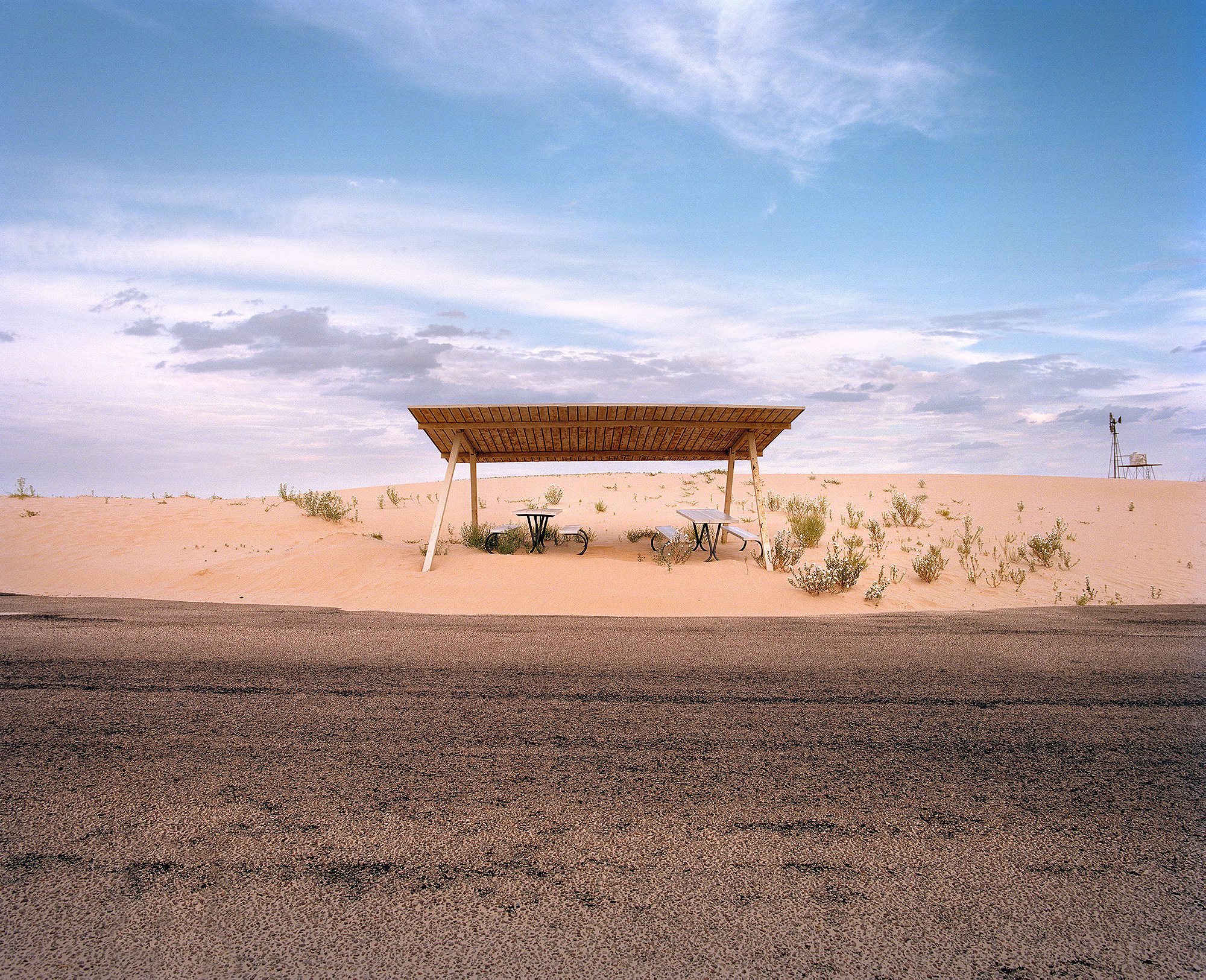Ryann Ford spent the last five years photographing the country’s rest stops, before they disappear completely.
Was America’s Interstate System the greatest public works project in history? Eisenhower himself, who signed the Federal-Aid Highway Act into effect in 1956, saw it as one of his most important achievements. Many historians agree. As construction advanced in every part of the country, the car became part of the American way of life, an accessible and even glamorous means of transportation that penetrated the fabric of culture, from music to fashion to advertising to design. But that has all changed. As the New York Times points out, Americans are buying fewer cars, driving less and getting fewer licenses as each year goes by. And with that, many aspects of car culture are dying out, like all the rest stops built in those early Interstate days for families to picnic and stretch their legs at. Photographer Ryann Ford became fascinated by the colorful roadside relics after moving to Texas and has been documenting them for the past five years. She joined R&K from her home in Austin.
Roads & Kingdoms: Did one specific drive you took plant the seed for this project?
Ryann Ford: When I moved from Southern California to Austin about eight years ago, I had to move all of my belongings, so I drove. I had always wanted to make that Route 66 trip, so I tried to drive on it as much as I could from LA to Texas, which is actually kind of tough because so many sections of the road are gone now and at some points you’ll be driving on the pavement or have to go off on the dirt. I hadn’t really thought of the project at that point, but I think I saw a couple of the rest stops and that planted the seed. Then I got to Austin and became a commercial photographer. I shot a lot for Texas Monthly magazine and they would send me on assignments all over Texas, so I really got to see everything from Dallas to Houston, and San Antonio to all the small towns. I drove on a lot of the backroads, and that’s when I think I really started noticing them. There were just these cute little pull-offs, some of them don’t even have restrooms, it’s just a covered picnic table nestled back in the trees or out on this gorgeous prairie. A lot of them looked like they were from the 50s and 60s and I just love mid-century architecture and vintage design. I thought they could make for a really cool photo project.
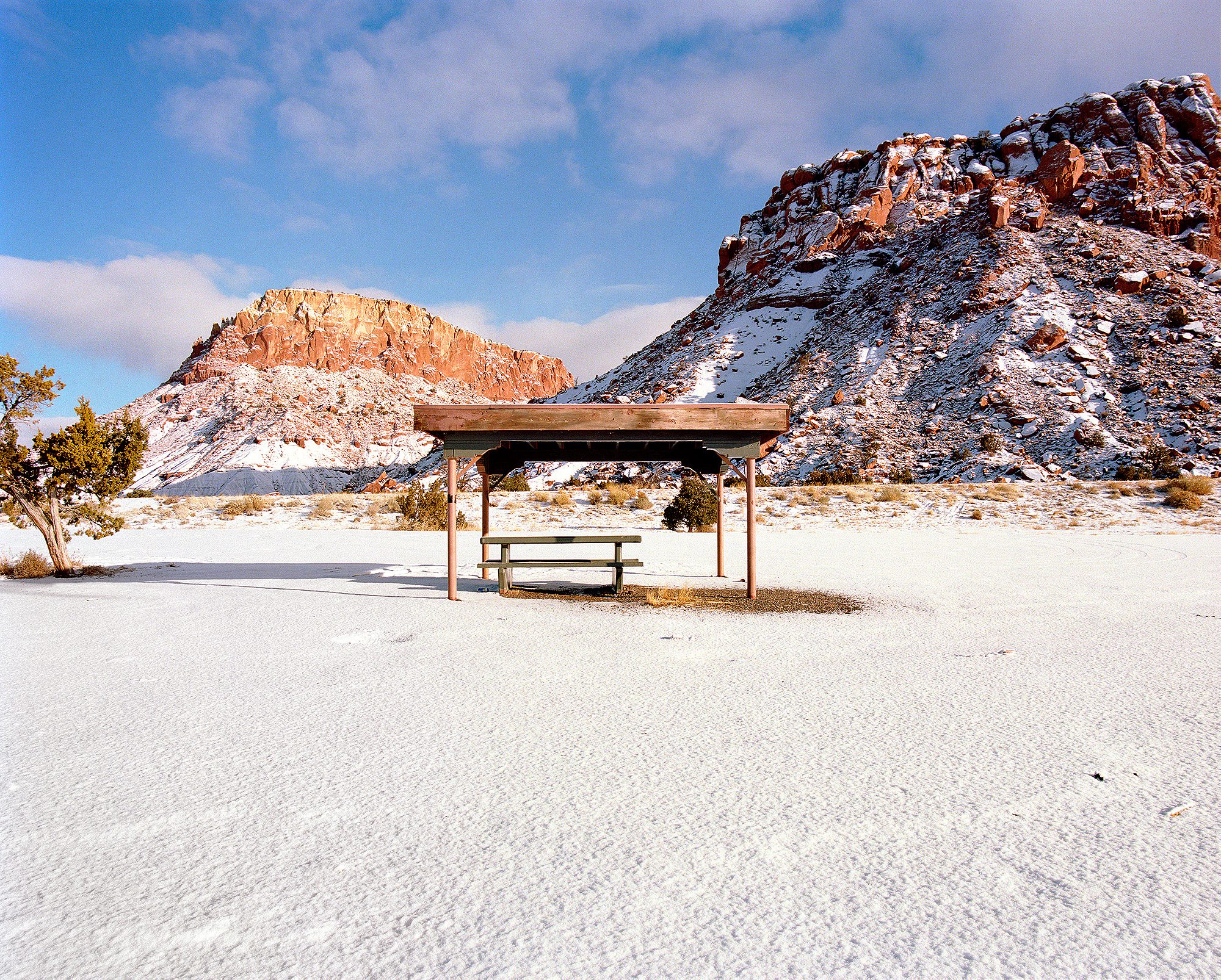
R&K: So you were first attracted to their architecture?
Ford: Yes. I had no idea that so many of them were so historically relevant, I didn’t know the background of them at all. I just thought they were really photogenic. When the designers planned a lot of them out, they would pick scenic sites. That combined with their architecture definitely got me interested. I also noticed how different they all were. Then when I really started getting into it and doing research, I found out that there was a really great backstory that just made me love them even more.

R&K: What did you find out?
Ford: Back in 2009, during the deepest part of the recession, is when I really got started with the project. At that time, states were doing everything possible to get their budgets in line, and rest stops were the first to go. There are a bunch, for example, on the Texas and Oklahoma border that are really cool. One of them, a three-pole teepee, is just totally abandoned, it’s barricaded off, it has sat like that for years. Maybe they don’t have the money to actually tear it down, but I doubt it’ll reopen, it’s just too old. When I found out they were being demolished or closed, I thought this was a relevant project. I wanted to capture these little area stops before they were all gone. This summer I drove from Texas to Wisconsin, and a lot of the ones that I shot the previous year were either torn down or they still sat closed. And it’s still continuing to happen as we speak.

The rest stops were a way to reconnect people to the places they were traveling through
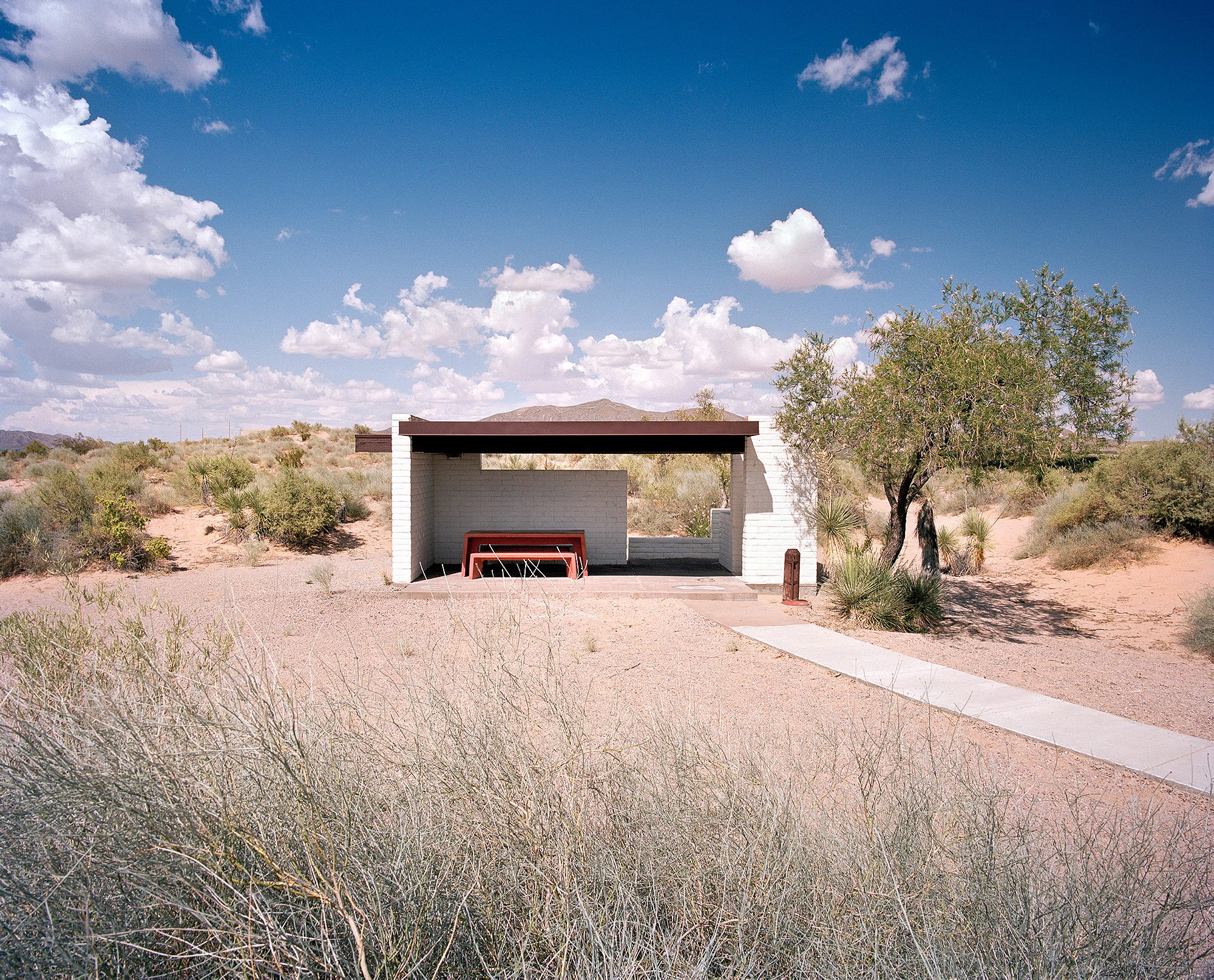
R&K: Did you feel a personal connection to these rest areas? What did people say when they saw your project?
Ford: I do remember stopping at them as a kid and I guess I have some memories, but it’s really a new appreciation rather than a nostalgic feeling. It’s the baby-boomers that have the really vibrant memories. When I started shooting them, I was just doing it for myself. I had no idea what people’s reactions would be. When I would tell people I was shooting rest stops, most of them just thought of dirty toilets and truck drivers and they had no idea what I was doing. Once I showed them the pictures, they had really strong feelings towards them. That’s just been the most amazing part of the project. I started getting emails from people reminiscing about their childhood road trips, people who would remember specific rest stops and asked if I had been there. I just realized what an important project it was. I feel like I am archiving their own personal history a little bit.

R&K: You mentioned that rest stops were an opportunity for small towns to show their historical or cultural significance – can you give some examples?
Ford: Back when all of the rest stops started getting built in 1956, Eisenhower had come up with the interstate highway system and it was his goal to really get America moving fast and efficiently. In doing so, a lot of the smaller roads and towns got bypassed. The rest stops were a way to reconnect people to the places they were traveling through. For example, before the interstate system people would be able to stop at a little Native American-themed trading post, but with small towns now being bypassed, the designers of the rest stops would shape a rest stop’s tables like teepees or like wagon wheels to reflect the West.
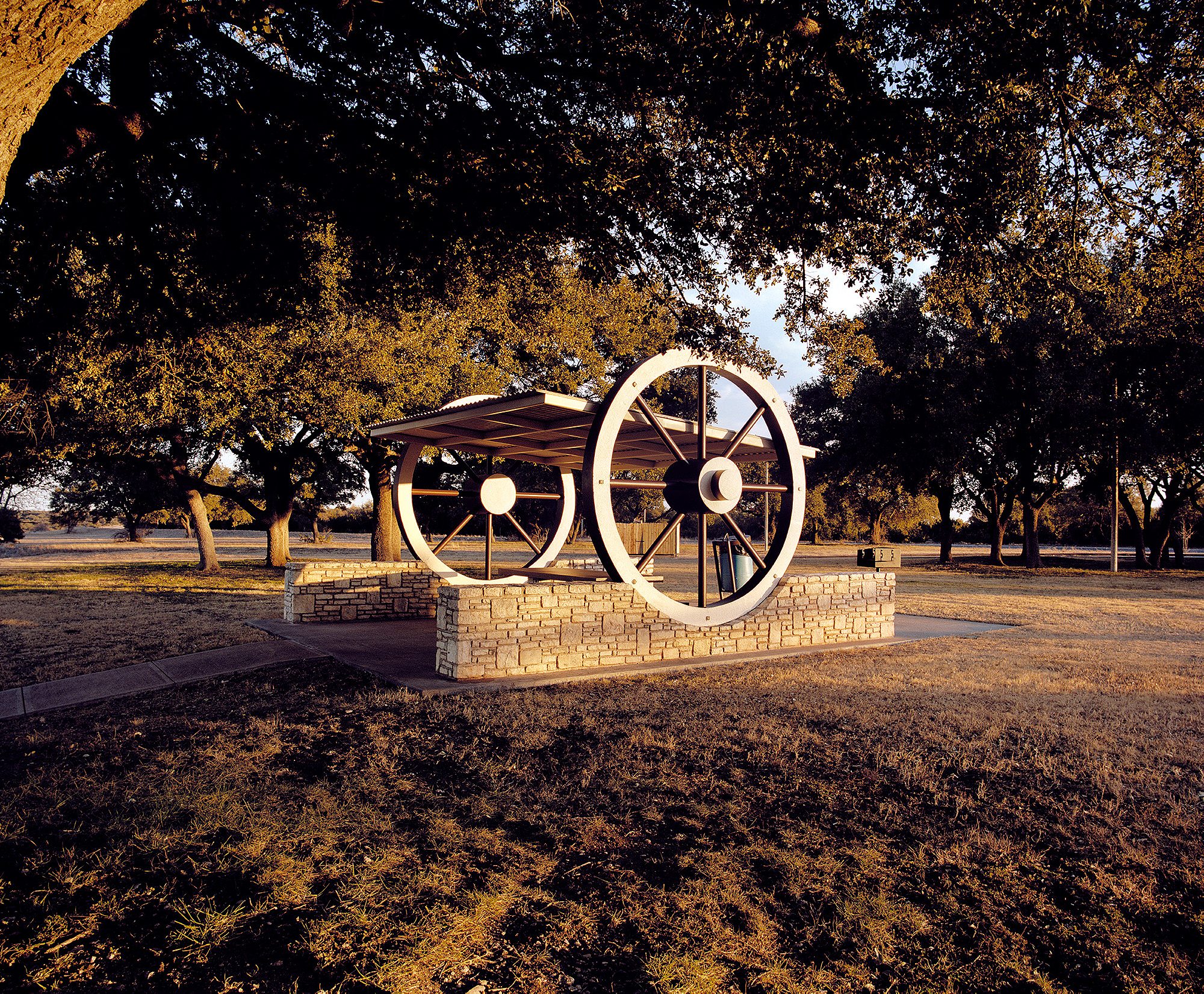
R&K: Did you favor specific regions of the US for the project?
Ford: Back in the 50s and the 60s, rest stops were present coast-to-coast, all over the country, because there were definitely not as many gas stations and fast food restaurants. But nowadays, the areas that are more highly populated have a million places to stop on the road and I don’t think that people choose these little pull-offs to take a break. They started vanishing quickly in these regions. The areas where there’s still a ton of them tend to be desolate stretches of highway like in Texas or New Mexico. From the beginning, I really wanted to do every single state, but once I got up into the Northeast, it was really hard to find them and then when I did find them, many didn’t have a great design because of the tree cover. They would mostly do covered picnic tables in the West because it’s so hot and travelers needed shade, so I think that’s why there are so many of the cool covered ones out here.

If I was there at lunch, I’d shoot my pictures and then would picnic there
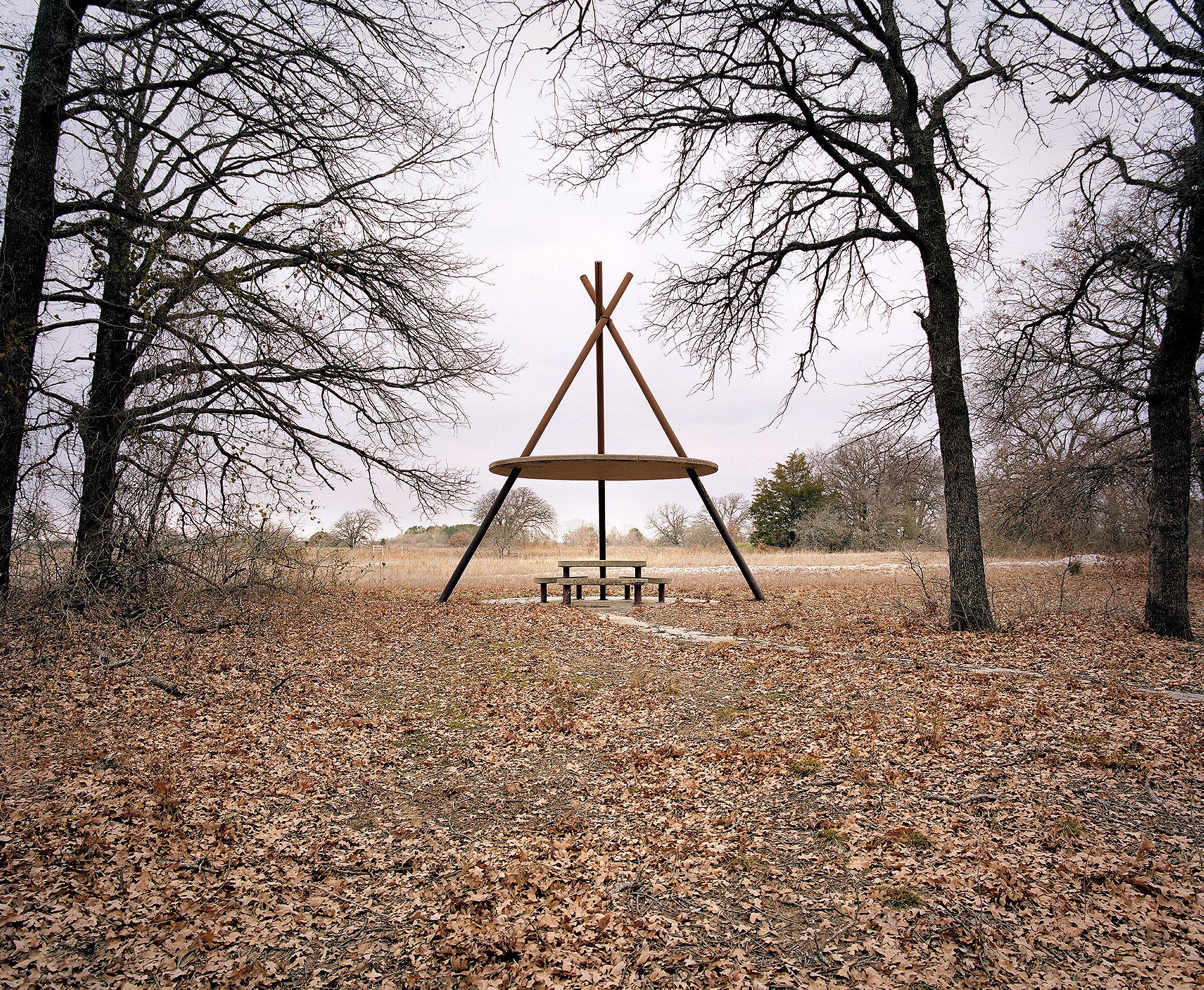
R&K: What do you think is being lost with their disappearance?
Ford: I just think that they have so much personality. The stops that are built today, anything from McDonald’s to gas stations, they’re so homogenous. You don’t know if you’re inside a McDonald’s in Arizona or in New York because they’re all the same. It was just a different time, I think it really allowed families to slow down and enjoy each other’s presence, enjoy nature. Now we just don’t do that anymore, we use the drive-throughs and rush out. I think it’s just really important to both document this period in our travel history and the unique designs that the government would come up with.
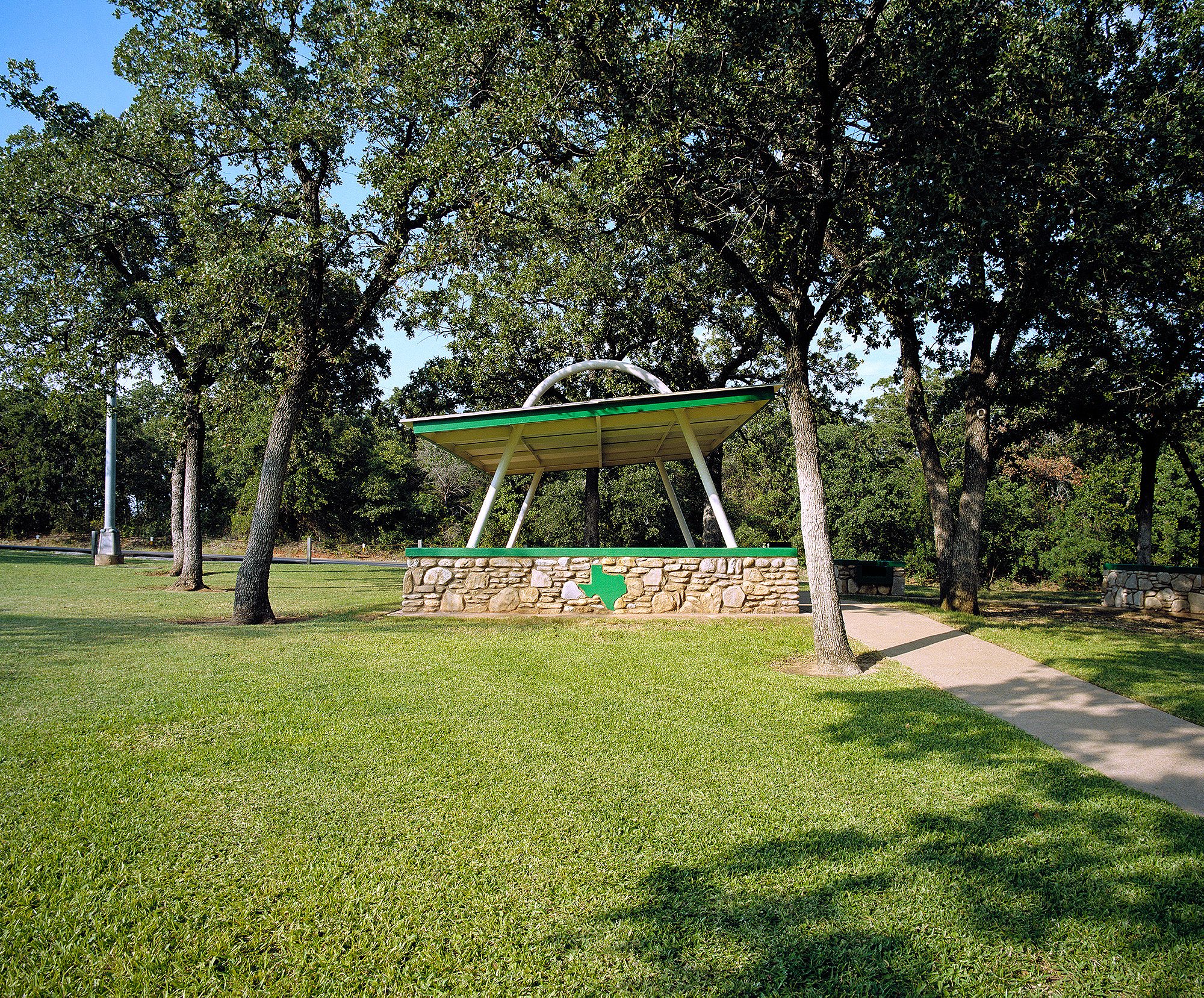
R&K: Putting this in the larger context of America’s car culture, what do you think it means?
Ford: The road trip and car travel used to be so glamorous back then. That’s when Jack Kerouac’s On The Road came out and people would really gear up for these coast-to-coast trips. It was so much about the experience. Route 66 was an entire way of life where you’d pull up at these rest stops, these diners, these cool motels, it was a whole thing. Now it’s just like “quick, jump in the car, let’s just get there.”
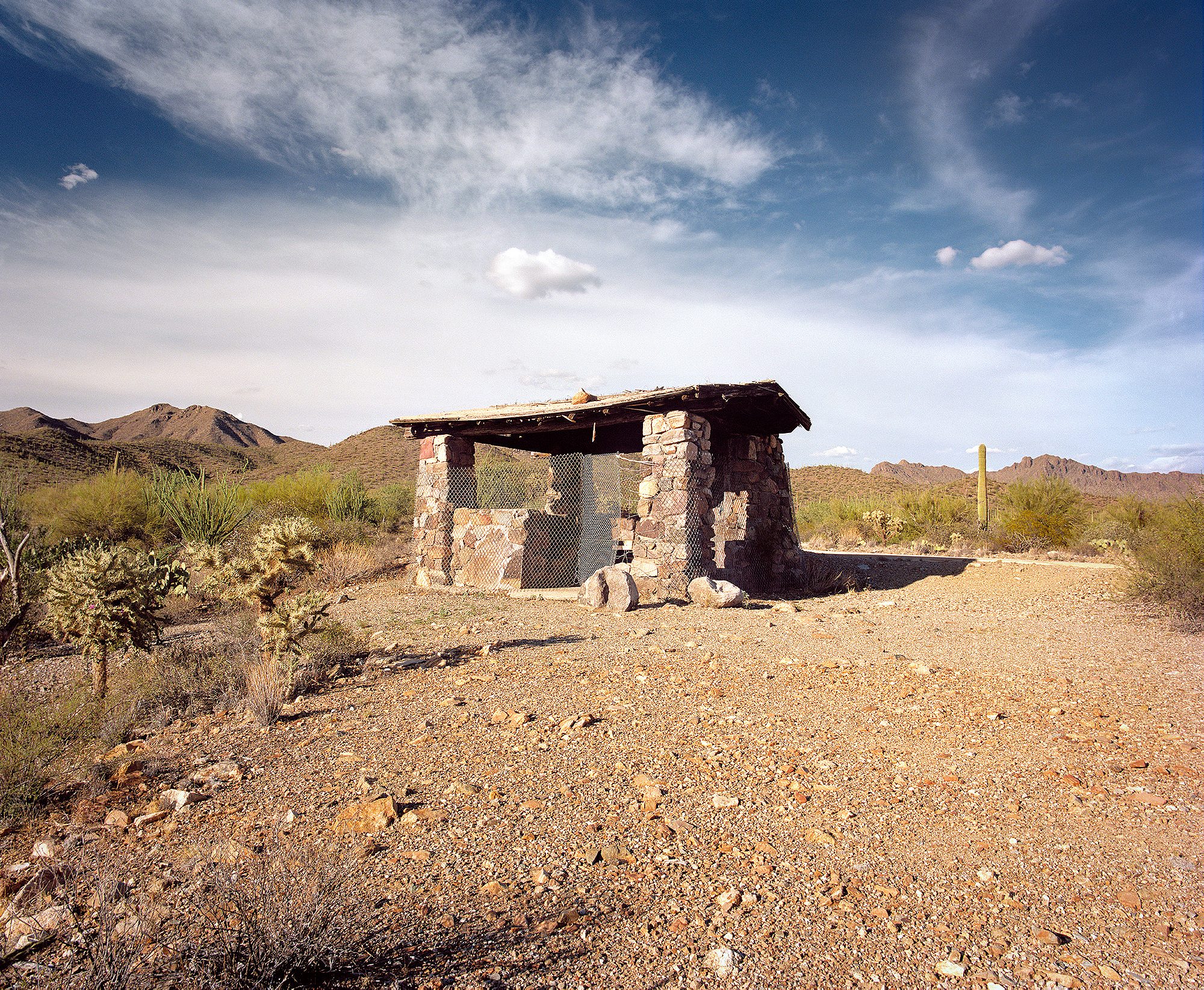
R&K: Through this project, you were able to reconnect with that lifestyle in a way…
Ford: Yes, I really got the experience of what it was like to stop at all of them. If I was there at lunch, I’d shoot my pictures and then would picnic there. I shot the majority of them on week-long trips, and one of my favorite parts of the project is that my mom and I did most of them together. I would have a rough plan for each trip, but then so much of it was totally spontaneous. We would be driving down the road and would see a sign that says “rest stop one mile ahead.” It was so exciting to not know what it was going to look like.
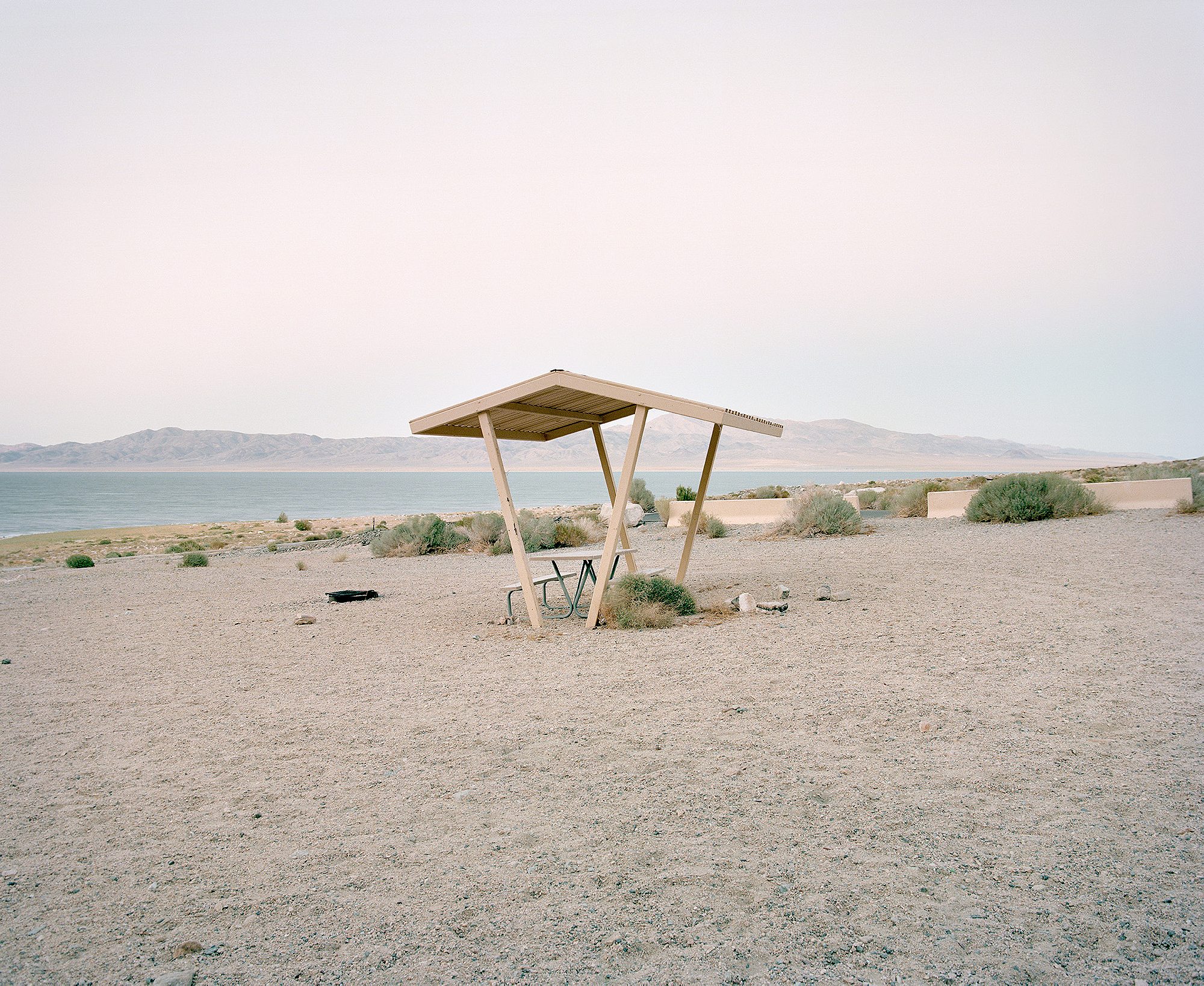
R&K: Do you think about driving and about car culture in a different way today?
Ford: Driving was probably one of the reasons that I chose this project in the first place. I’ve just always been obsessed with road trips and really all of my personal projects have always been based on the South West and desert states, I’m just a huge desert fanatic. I’m sure that I chose this project because of my love of road trips. Today, I appreciate the open road even more.
You can buy “The Last Stop” here or see more of her work here.
